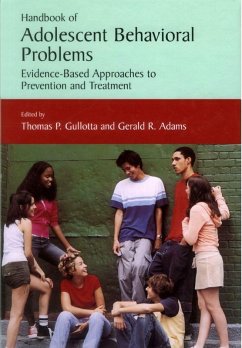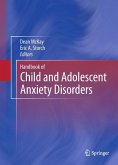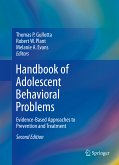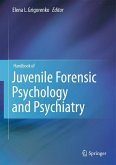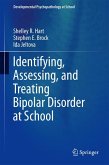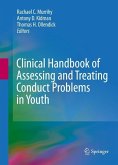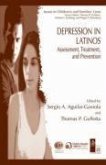This volume examines not only the psychological and genetic factors underlying dysfunction, it also explores the critical roles that family members, peers, and the larger community play in an adolescent's life. It offers current interdisciplinary perspectives on adolescent development, both functional and pathological, and provides coverage that is clear, accessible, and practical on such topics as:
- Major disorders, including depression, anxiety, schizophrenia, ADHD, PTSD, developmental delays, and conduct disorders.
- Behavior problems, such as substance abuse, sexual offenses, teen pregnancy, school failure, gambling, and gang violence.
- Best practices, reviewing what works (i.e., interventions that have been rigorously validated), what might work (i.e., those in need of further study), and what doesn't work.
- Residential interventions as well as community treatment.
- Risk and resiliency factors.
- Ongoing and emerging pharmaceutical issues.
Each chapter focuses on a specific behavior or disorder and is formatted to help readers quickly locate needed information.
The Handbook of Adolescent Behavior Problems provides a solid foundation for understanding the adolescent experience and the influence of the family and community as well asmuch-needed information on the development of evidence-based practices. It is designed to be a one-stop reference for anyone working with adolescents-developmental psychologists, clinical and school psychologists, and education specialists as well as for graduate students in these areas.
Dieser Download kann aus rechtlichen Gründen nur mit Rechnungsadresse in A, B, BG, CY, CZ, D, DK, EW, E, FIN, F, GR, HR, H, IRL, I, LT, L, LR, M, NL, PL, P, R, S, SLO, SK ausgeliefert werden.

